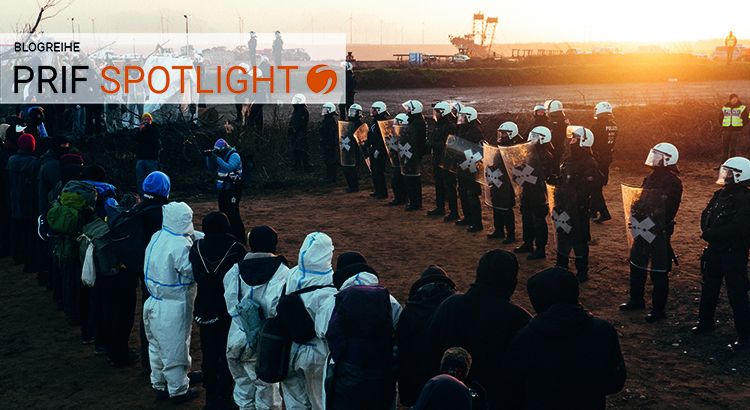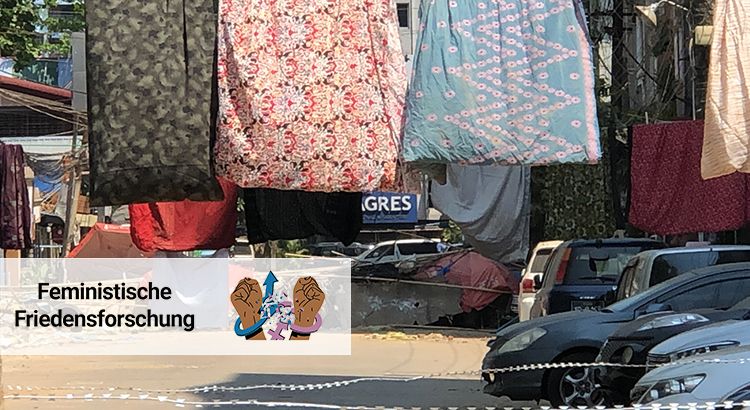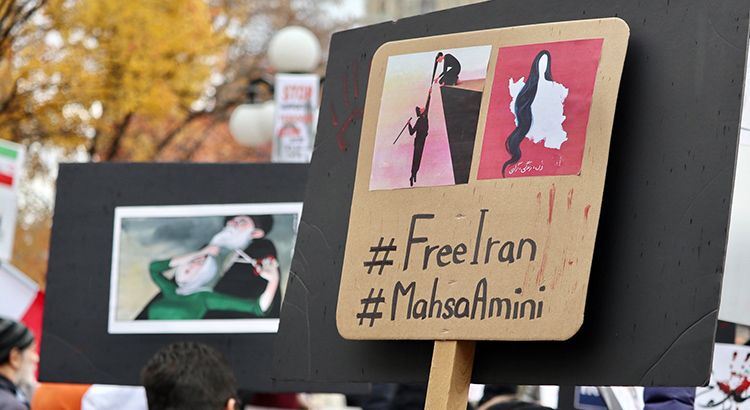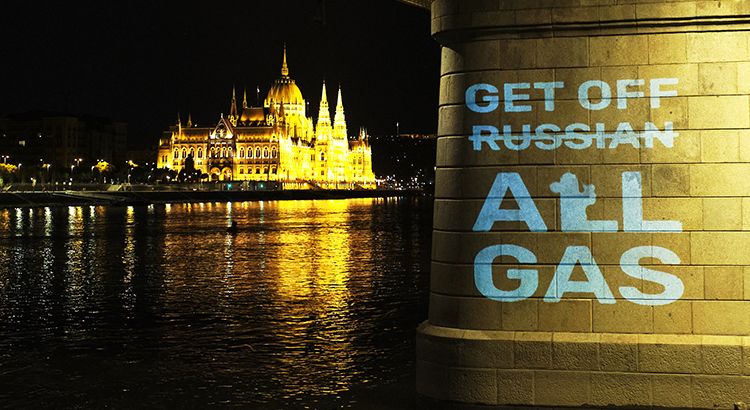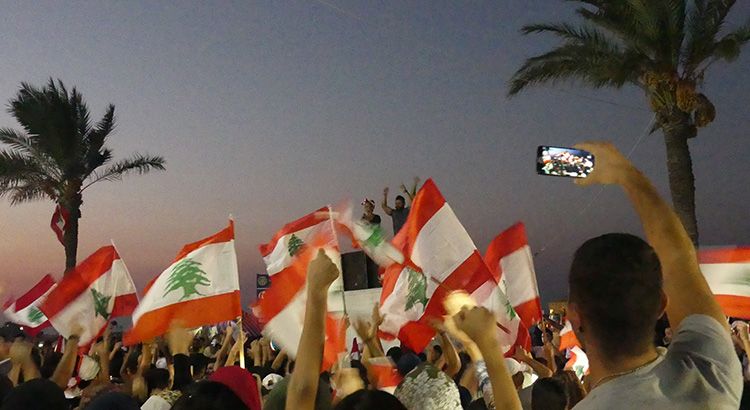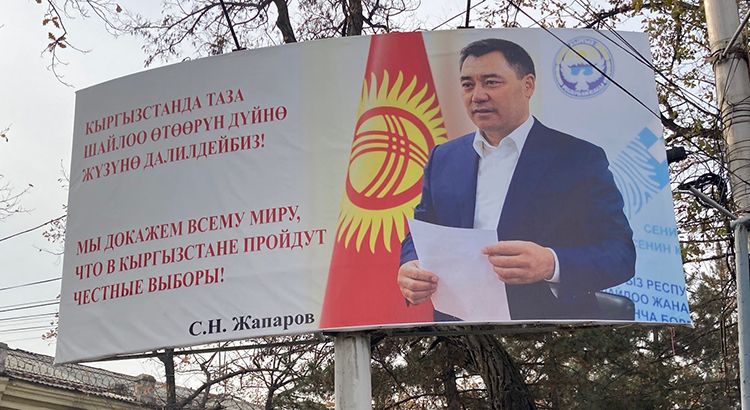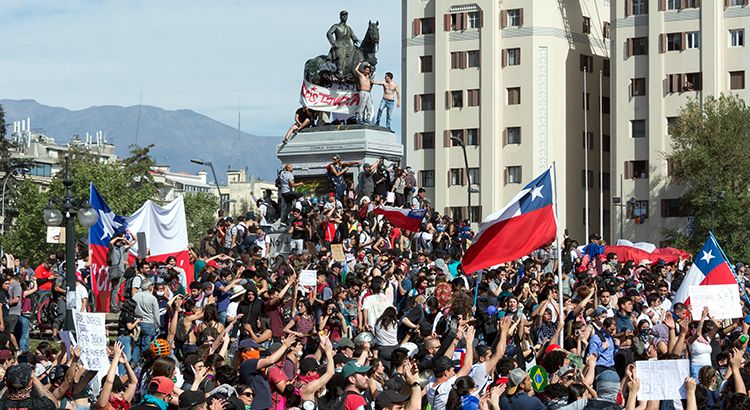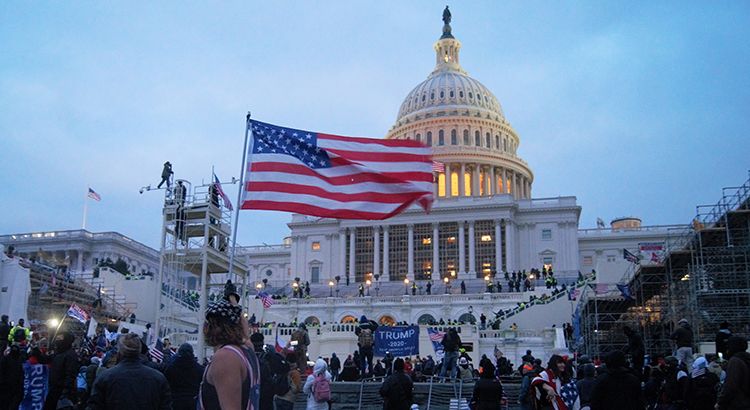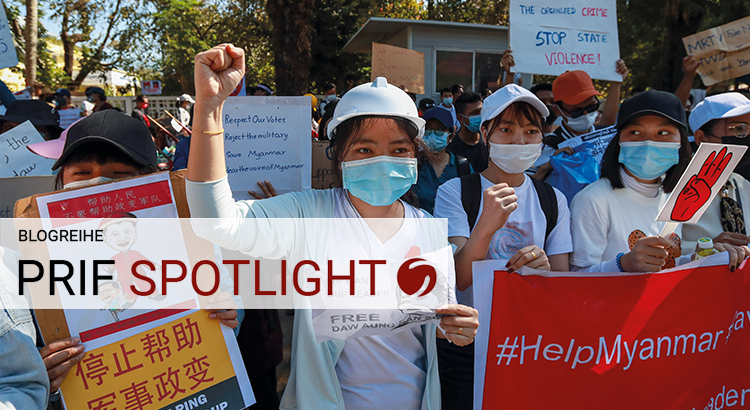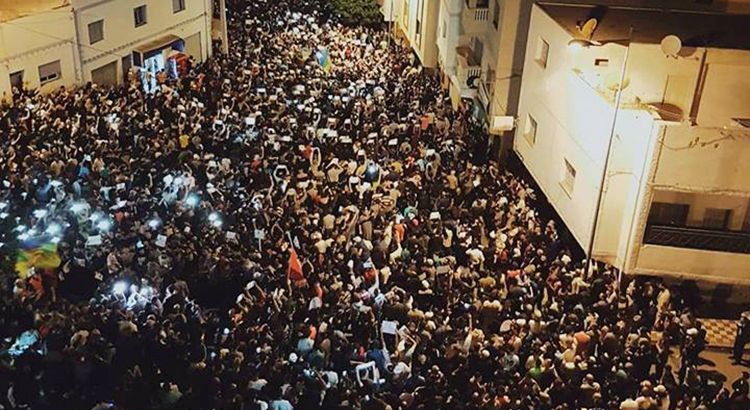Schlagwort: Protest
Wie mit dem Klimawandel umgehen, das wird aktuell intensiv diskutiert. Die Klimabewegung betont die Notwendigkeit einer globalen, sozialen und ökologischen Transformation, dafür intensiviert sie den Protest auch in Deutschland. Zunehmend stehen Aktionen des zivilen Ungehorsams im Zentrum. Im Raum steht der Vorwurf der Radikalisierung in die Gewalt, aktuell ist dieser allerdings unbegründet: Die Bewegung entfaltet sich auf dem Terrain des Demokratischen, verleiht der legitimierten Forderung nach Einhaltung des 1,5-Grad-Ziels von Paris Nachdruck und skizziert Visionen aus der Krise heraus.
Here, There, and Everywhere: Feminist Resistance beyond the “Women, Peace and Security” Agenda in Post-Coup Myanmar
As a landmark in the movement to increase global attention to women’s critical role in participation, protection, prevention, relief and recovery in conflict settings, the UN Security Council’s resolutions on Women, Peace and Security (WPS) lend reference power to gender mainstreaming in all issues related to conflict resolution and peace governance – however, they fall short of effectively supporting women’s resistance in Myanmar.
Will the Protests in Iran Change Regional Power Dynamics in the Middle East?
Images of Iranian women burning their hijab in the last four weeks demonstrates the unraveling of the ideological foundations of the Islamic Republic. This discontent, however, extends beyond Iran’s borders, and has strained the relationship with its regional clients. We argue that the ongoing demonstrations in Iran may exacerbate Iran's already-shifting regional position, as the ongoing protests both question the legitimacy of the regime within and outside the country, and further weaken Iran’s capacity to support its clients in the Middle East.
„Wutwinter“, heißer Herbst und Klimakrise: Ohne sozial-ökologische Vision erstarkt die extreme Rechte
Die Energiekrise stellt die Gesellschaft vor große soziale und politische Herausforderungen. Intensiv wird über den kommenden „Wutwinter“ und heißen Herbst diskutiert, während erste Proteste bereits stattfinden. Protest ist nichts Negatives und gehört zur demokratischen Willensbildung. Es gilt aber das Protestgeschehen auf den demokratischen Gehalt zu befragen und Initiativen von Links und Rechts nicht über einen Kamm zu scheren. Erneut droht, wie schon bei Pegida und den Corona-Protesten, die extreme Rechte von der gesellschaftlichen Stimmung zu profitieren. Um hier entgegenzuhalten, könnte es helfen, die Diskussionen um die Energiekrise von dem Fokus auf Russland zu lösen und umfassender im Kontext der Klimakrise zu verhandeln.
Reformist MPs Deny Hezbollah Majority in Lebanese Parliament – Prospects for Lebanon after the Elections
The results of the Lebanese parliamentary elections on May 17 showed a decrease in the number of seats claimed by Hezbollah and its supporters, and increases favoring the non-partisan reformist candidates supporting the October 17 protests of 2019. These developments reflect the growing will for change towards a democratic civil society in Lebanon, but they do not come without significant challenges. This blog examines the results of the Lebanese parliamentary elections and discusses the political difficulties in the coming phase; arguing that, given the risks of a power vacuum, the best possibility of democratic states is to support reformist representatives.
Die Parlamentswahlen in Kirgistan: Ein weiteres wichtiges Puzzlestück im erneuten Autokratisierungsprozess?
Am 28. November 2021 wird die kirgisische Bevölkerung über ein neues Parlament abstimmen. Seit den letzten politischen Unruhen nach den Parlamentswahlen im Oktober 2020 befindet sich die Republik in einem politischen und sozialen Umbruch. Eine neue Verfassung und ein neues Wahlsystem wurden verabschiedet, mehr als 400 Gesetze werden einer Revision unterzogen und die Zivilgesellschaft und Opposition stehen verstärkt unter Druck.
Auf Kurs in unsicherem Fahrwasser: Der Verfassungsprozess in Chile
Am 18. Oktober 2019 eskalierten die sozialen Ausschreitungen in Chile, und auch noch jetzt, zwei Jahre später, gehen die Menschen auf die Straße. Im Jahr 2021 markierte der 18. Oktober den Beginn der Arbeit des verfassungsgebenden Konvents zur Ausarbeitung einer neuen Verfassung – ein wichtiger Meilenstein in dem verfassungsgebenden Prozess, der in Reaktion auf die massiven Proteste im ganzen Land initiiert wurde. Veränderte Machtverhältnisse zwischen den politischen Parteien, die anstehende Präsidentschaftswahl im November und unstetes Vertrauen der chilenischen Bevölkerung in die politischen Prozesse stellen Herausforderungen für den Verfassungsprozess dar und könnten die Einführung einer neuen Verfassung im schlimmsten Fall vereiteln.
The Capitol Rioters and their Supporters beyond “Us vs. Them”: A view from outside the US
What should we call those who stormed the US Capitol on January 6 of this year? Struggles over possible labels matter: What one calls a certain group has implications for the ways in which one can and will engage with them. The polarization of Americans when it comes to classifying the attacks is indicative of a larger dilemma: how should one respond to the rioters and their demands – and is that even an option?
China in transitionary Myanmar. Challenging paths to democratization and peace
The recent military coup in Myanmar reversed a decade-long experiment towards incremental political liberalization. At the same time, it also brought China’s engagement there back into the spotlight, and initial Chinese reactions led to suspicions that Beijing had welcomed or even aided the return to military rule. However, the reality of China’s role in Myanmar’s democratic transition and simultaneous peace process is far more complicated, and instructive for its overall engagement in conflict societies.
Ten Years After the Arab Spring: How Stable is Morocco Really?
Ten years after the onset of the February 20 Movement, its variant of the “Arab Spring”, Morocco is still perceived as a bedrock of stability in the region. However, while the king successfully contained the 2011 uprising, under the surface the rift between state and society is still widening. As public trust continues to erode, Moroccans increasingly turn their attention to the streets in order to air their grievances. Drawing parallels to Algeria, which saw its dictator unexpectedly fall in 2019, this article questions the paradigm of Moroccan stability. The next wave of protests may not be so distant after all.
